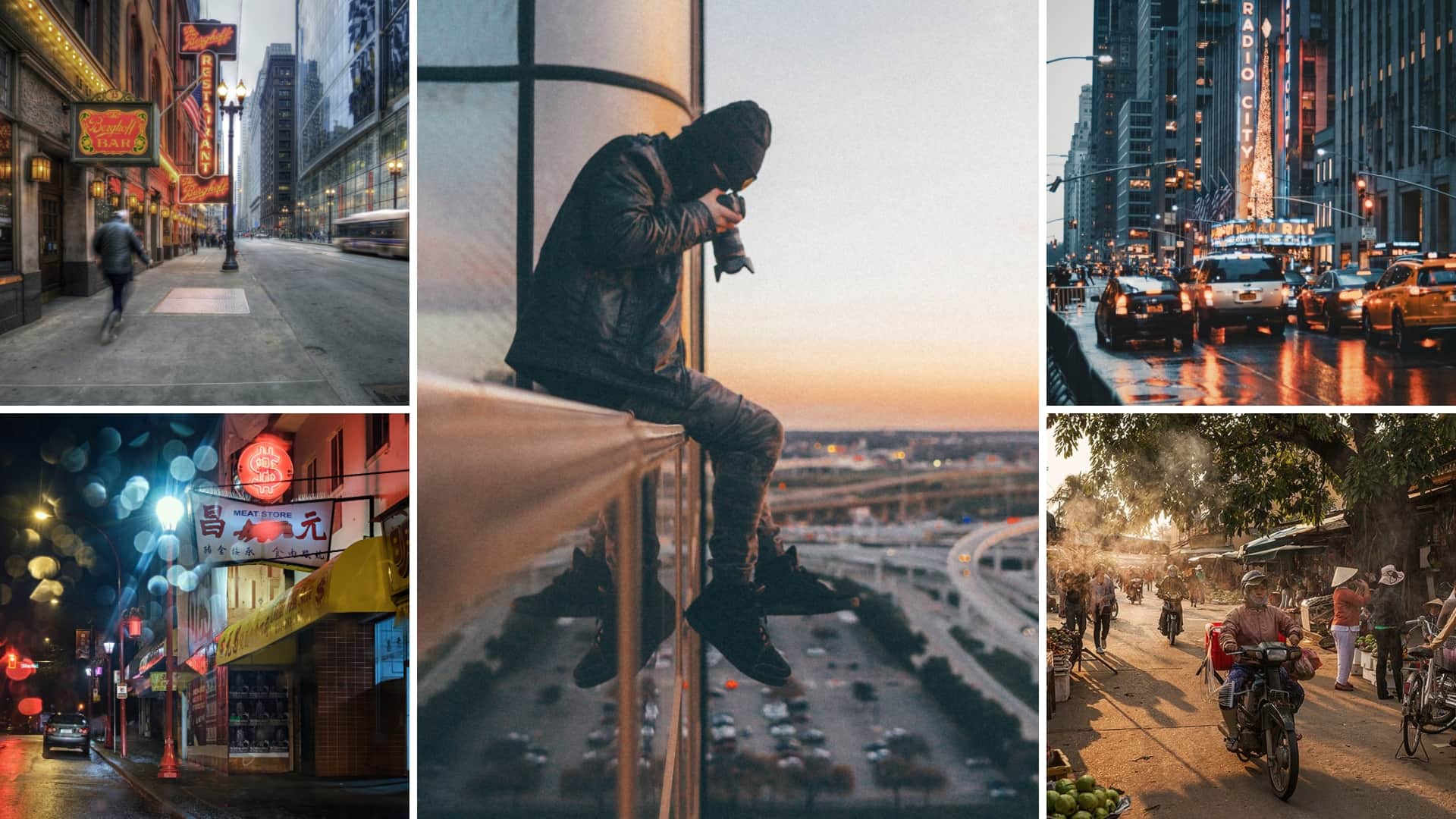Framing Streets - The Facts
Table of ContentsThe Single Strategy To Use For Framing StreetsGetting My Framing Streets To Work6 Simple Techniques For Framing StreetsThe Definitive Guide for Framing StreetsThe Framing Streets PDFsThe Buzz on Framing Streets
, normally with the objective of capturing photos at a definitive or poignant minute by cautious framing and timing. https://www.anyflip.com/homepage/fdjwn.
Framing Streets for Dummies
Susan Sontag, 1977 Street digital photography can concentrate on individuals and their habits in public. In this regard, the street photographer resembles social docudrama professional photographers or photographers who likewise operate in public places, however with the purpose of capturing relevant events. Any of these digital photographers' photos may catch people and property visible within or from public locations, which usually entails browsing moral concerns and laws of privacy, safety, and building.
Depictions of day-to-day public life create a style in virtually every duration of world art, beginning in the pre-historic, Sumerian, Egyptian and early Buddhist art durations. Art dealing with the life of the road, whether within sights of cityscapes, or as the leading concept, shows up in the West in the canon of the Northern Renaissance, Baroque, Rococo, of Romanticism, Realism, Impressionism and Post-Impressionism.
The Basic Principles Of Framing Streets
Louis Daguerre: "Boulevard du Holy place" (1838 or 1839) In 1838 or 1839 the very first picture of numbers in the road was taped by Louis-Jacques-Mand Daguerre in among a set of daguerreotype sights drawn from his workshop window of the Blvd du Holy place in Paris. The 2nd, made at the height of the day, reveals an uninhabited stretch of street, while the various other was taken at regarding 8:00 am, and as Beaumont Newhall records, "The Blvd, so continuously full of a moving bunch of pedestrians and carriages was perfectly singular, other than an individual that was having his boots combed.
As a result his boots and legs were well specified, but he is without body or head, since these remained in movement." Charles Ngre, waterseller Charles Ngre. https://framingstreets1.godaddysites.com/f/framing-streets-mastering-the-art-of-street-photography was the first photographer to obtain the technical refinement called for to sign up people in activity on the street in Paris in 1851. Professional Photographer John Thomson, a Scotsman functioning with journalist and social lobbyist Adolphe Smith, released Street Life in London in twelve regular monthly installations beginning in February 1877
Indicators on Framing Streets You Should Know
Eugene Atget is regarded as a progenitor, not since he was the very first of his kind, yet as an outcome of the popularisation in the late 1920s of his document of Parisian roads by Berenice Abbott, that was influenced to take on a comparable documentation of New york city City. [] As the city created, Atget aided to promote Parisian streets as a worthy topic for photography.

The Single Strategy To Use For Framing Streets
Martin is the first taped digital photographer to do so in London with a disguised electronic camera. Mass-Observation was a social research study organisation founded in 1937 which intended to record day-to-day life in Britain and to record the responses of the 'man-in-the-street' to King Edward VIII's abdication in 1936 to wed divorce Wallis Simpson, and the sequence of George VI. Andre Kertesz.'s commonly appreciated Images la Sauvette (1952) (the English-language version was entitled The Definitive Minute) advertised the concept of taking an image at what he labelled the "crucial moment"; "when form and content, vision and composition merged into a transcendent whole" - sony a7iv.
Framing Streets - Truths
The recording equipment was 'a hidden cam', a 35 mm Contax concealed under his layer, read here that was 'strapped to the chest and attached to a long cord strung down the appropriate sleeve'. Nonetheless, his work had little modern impact as as a result of Evans' level of sensitivities about the originality of his task and the privacy of his subjects, it was not released until 1966, in the publication Numerous Are Called, with an introduction composed by James Agee in 1940.
Helen Levitt, after that a teacher of young kids, connected with Evans in 193839. She documented the temporal chalk drawings - photography presets that were component of kids's road culture in New york city at the time, in addition to the kids that made them. In July 1939, Mo, MA's new digital photography section included Levitt's operate in its inaugural eventRobert Frank's 1958 publication,, was significant; raw and typically indistinct, Frank's images questioned conventional photography of the moment, "challenged all the formal regulations set by Henri Cartier-Bresson and Pedestrian Evans" and "flew in the face of the wholesome pictorialism and sincere photojournalism of American publications like LIFE and Time".